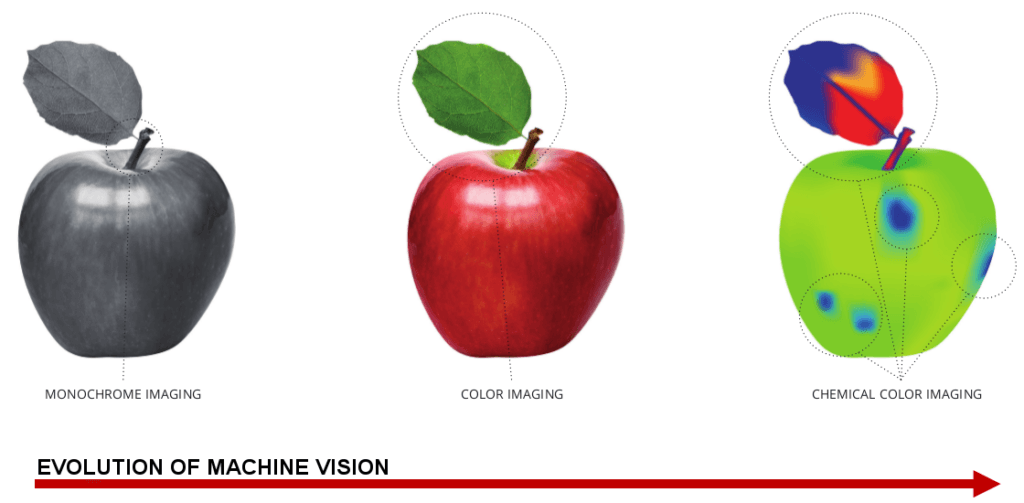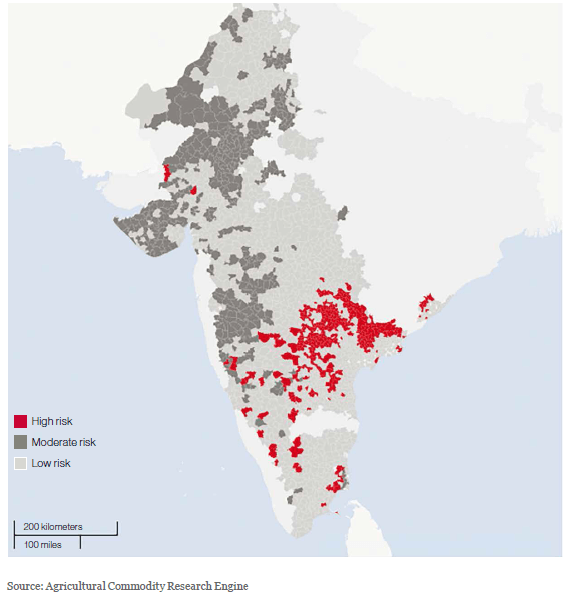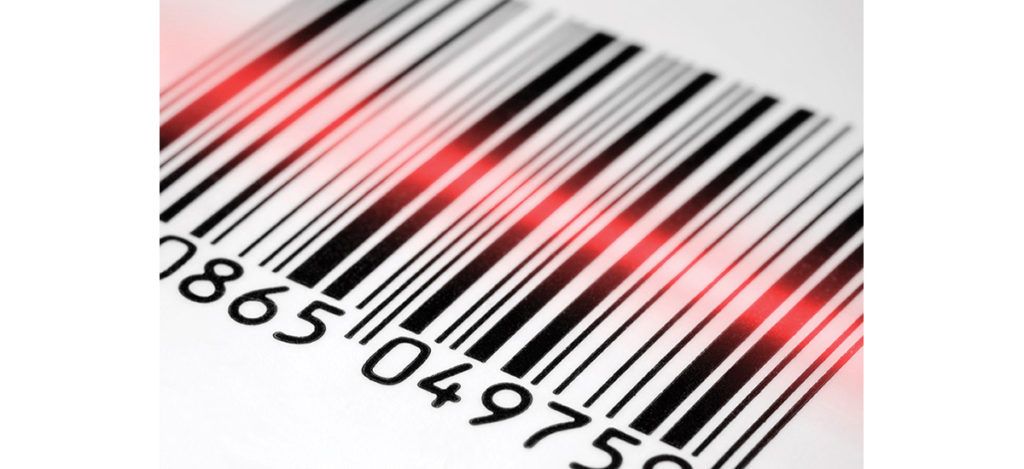“Everyday low cost”: How Walmart is combating food waste digitally

One-third of global food is wasted every year, equating to $1 trillion in annual food waste. Can Walmart, the world’s largest grocer, lead the charge in food waste reduction using the latest digitization techniques?
An ambitious strategy for an ambitious goal
In developed countries, 40 percent of food is wasted post-consumer and in emerging markets, 40 percent of food waste is pre-consumer.[1] As the largest global grocer serving 28 countries, Walmart is in a unique position to combat food waste across the supply chain.[2]
In 2010, Walmart set goals of reducing food waste. It has successfully met its goals of 15 percent in food waste reduction in emerging markets. However, the developed countries highlight a different story. In fact, in the U.S. and Canada, food waste has increased because consumers continue to demand fresher items.[3] Walmart must respond by digitizing its food supply chain to deliver higher quality food.
Reducing waste in the grocery space
Short-term, Walmart’s food waste objectives have been labor-intensive. Recently, Walmart decided to switch the industry norm of “use by” language to “best if used by” to change consumer behavior.[4]
The retailer also sells misshapen produce as new varieties and promotes reuse to divert food waste from landfills. Spuglies, misshapen russet potatoes, and Ecoscraps, food scraps used as fertilizer, are two such products.[5]
But Walmart knows it must act digitally, long-term. To increase transparency, the company has partnered with IBM to use blockchain technology.[6] Blockchain allows food products to be traced to their origins and as a result, determine the source of only contaminated food.[7] In October, Walmart pulled healthy lettuce off shelves because of a listeria outbreak.[8] This could have been avoided through blockchain. Nevertheless, it is still in early adoption and will take time to be implemented across the supply chain.
Walmart’s options to integrate new technologies
Hyperspectral imaging

Cases of whole fruit and vegetables are rejected at the warehouse when the lot is bruised or spoiled to adhere to USDA standards.[9] Hyperspectral imaging is a noninvasive method that goes beneath the surface and identifies internal bruising allowing for more efficient sorting at the warehouse, therefore reducing cases that are rejected.[10]
Supply forecasting models

Models that predict yields and production are more readily available. Companies can use these models to work with growers and prevent harvest failures.[11] Often, crops in emerging markets are underdeveloped and thrown out because of insufficient fertilizer or crop protection application. Walmart can get ahead of the problem by supplying crop inputs to allow for better supply predictability.
Scan based trading (SBT)

This technique switches inventory control from the retailer to the supplier. SBT makes suppliers own the food until it gets purchased. As a result, suppliers understand when to replenish and where to replenish directly at the store, eliminating the need for distribution centers and reducing storage times. Walmart will control the modules but maintain just-in-time delivery of produce. [12]
What is Walmart’s role in influencing the industry?
Food waste is also an upstream problem. Ten percent of food in the United States is wasted on the farm.[13] Near-term, Walmart is focused at the store-level.[14] Can Walmart partner with growers to proactively reduce waste? As a company that can make large-scale investments, should Walmart be leading digitization for all food suppliers and retailers?
(Words: 798 excluding sources)
Sources:
[1] Food and Agriculture Organization of the United Nations, “Key facts on food loss and waste you should know,” http://www.fao.org/save-food/resources/keyfindings/en/, accessed November 2017.
[2] Walmart, “Our Locations,” https://corporate.walmart.com/our-story/our-locations, accessed November 2017.
[3] Walmart, “Toward a zero waste future,” https://corporate.walmart.com/2016grr/enhancing-sustainability/moving-toward-a-zero-waste-future, accessed November 2017.
[4] “The biggest food makers have agreed to trash their confusing expiration labels,” September 20, 2017, Quartz News, https://qz.com/1082213/walmart-nestle-and-other-food-companies-are-changing-labels-to-fight-food-waste/, accessed November 10, 2017.
[5] Walmart, “New Initiatives Taking a Bite out of Food Waste,” https://blog.walmart.com/sustainability/20160713/new-initiatives-taking-a-bite-out-of-food-waste, accessed November 2017.
[6] Walmart, “Outside the Box: Breaking Down Blockchain with Brigid McDermott: VP of Blockchain Business Development & Ecosystem at IBM & Frank Yiannas: VP of Food Safety at Walmart,” June 20, 2017, podcast, https://corporate.walmart.com/outside-the-box-podcast, accessed November 2017.
[7] “Press release: IBM announces major blockchain collaboration with dole, driscoll’s, golden state foods, kroger, McCormick and company, McLane company, nestlé, tyson foods, unilever and walmart to address food safety worldwide,” Dow Jones Institutional News, August 22, 2017, Retrieved from http://search.proquest.com.ezp-prod1.hul.harvard.edu/docview/1931131102?accountid=11311, accessed November 2017.
[8] Zlati Meyer, “Veggies yanked at some top supermarkets over safety concern,” USA Today, October 23, 2017, https://www.usatoday.com/story/money/nation-now/2017/10/23/meijer-produce-listeria-concerns-recall/789775001/, accessed November 2017.
[9] Agriculture Marketing Service – United States Department of Agriculture, “Fruits-About the Standards,” https://www.ams.usda.gov/grades-standards/fruits, accessed November 2017.
[10] Yuzhen Lu, Yuping Huang, & Renfu Lu, “Innovative hyperspectral imaging-based techniques for quality evaluation of fruits and vegetables: A review,” Applied Sciences 7, nos. 2 (2017): 189, ABI/INFORM via ProQuest, accessed November 2017.
[11] Nicolas Denis, David Fiocco, Ryan McCullough, Viroopa Volla, “The ACRE approach to agricultural sustainability,” McKinsey on Sustainability & Resource Productivity 4 (October 2016): 58-60
[12] Jennifer McKevitt, “Two new initiatives seek to reduce food waste within the supply chain,” supplychaindive.com, July 24, 2017, https://www.supplychaindive.com/news/food-waste-supply-chain-efficiency-initiative/447667/, accessed November 2017.
[13] Statista dossier on food waste in the U.S., via Statista, accessed November 2017.
[14] Walmart, “Toward a zero waste future,” https://corporate.walmart.com/2016grr/enhancing-sustainability/moving-toward-a-zero-waste-future, accessed November 2017.



Walmart’s status as the top grocer in 28 countries positions it as a leader in the industry and a potential role model for other companies seeking to reduce waste using technology and other means. Walmart has the resources to invest significant funds in technology that can address its own store-level waste. In addition to store-level strategies, Walmart should be focused on the upstream members of its supply chain. In fact, as Christina writes in her piece “Retail’s role in eliminating Global Food Waste,” Tesco has played a large role in changing the behavior of its suppliers. Given Walmart’s scale, it, like Tesco, has the purchasing power and leverage to work with its suppliers and adapt their behavior to eliminate waste. Further, It would behoove companies like Walmart and Tesco to work together to develop optimal strategies and make a change in food waste industrywide, using both digital and non-digital methods. Evidently, this is not a company-specific problem, but rather an industry wide issue.
Agreed Lily! Christina’s piece also mentions the ability to affect climate change and reduce climate emissions, which is equally as important.
Excellent writeup. I think that Wal-Mart (WM) should certainly be leading digitization for suppliers and retailers. It is in their interest as they will have lower waste due to spoilage and correspondingly higher profits, assuming that the costs of digitization do not exceed the savings.
More interestingly, I’m skeptical that growers will be willing to support efficiency efforts that go beyond their own fields. Certainly they, just like any business owner, would be eager to reduce the waste involved in producing their product. The growers may perceive WM’s downstream waste reduction efforts as a threat, certainly in the short-term: If consumption demand remains flat, but less produce is wasted, one would expect lower demand from the growers. A solution to this tension is to increase demand for products such as Spuglies and Ecoscraps as a way to utilize the full capacity of the growers, provide better quality to consumers, and increase WM’s cash flow while decreasing their costs.
Super interesting point about the decreased demand for suppliers’ products if WM decreases food waste! I did not think of that and agree that it’s in WM’s best interest to assuage suppliers’ concerns about reduced demand.
Great essay Viroopa. I was completely unaware that Walmart is the world’s largest grocer. Based on the statistics that you have included in your essay, it seems Walmart would be wise to make reduction of food waste a priority. Digital methods increase the speed at which information is shared and cuts down the amount of time wasted along the grocery supply chain. Scan-based trading (SBT) seems to offer the best opportunity for a “just-in-time” grocery approach. However, I think the growers may resist such a transparent approach to their supply chain. Perhaps Walmart should frame SBT as a test with certain suppliers (similar to the way Barilla framed their new approach to managing their supply chain).
Good point Sam! WM can start with 1-2 major suppliers and see how things go. It also might make sense to focus on a couple of neighborhood markets as test centers.
With use of new digital technologies such as blockchain and supply forcasting models, Walmart’s effort to reduce waste in collaboration across the value chains is very interesting. However, use of scan based trading (SBT) implied possibility of Walmart becoming just like an E-Commerce platform directly connecting producers with consumers, without need to owning their retail stores. I suspect if Walmart seriously pursue this option because it risks sustainability of Walmart’s business model. Now that Amazon acquired Whole Foods, this is a crucial issue for Walmart. Reducing waste is an important issue, but surviving in their business is more important for Walmart. In this sense, I think there is a limitation of what Walmart can do in this area. Amazon might have more advantage to pursue reducing waste in an innovative way using their digital technological edge.
Very good point Satoshi! WM cannot get bogged down by trying to use technology to only reduce food waste, but if WM can be convinced that tech will not only help reduce food waste, but also improve food sourcing efficiency and lower cost to mantain the supply chain, the company will be more incentivized to use technological improvements.
Re: Amazon’s strategic move to purchase Whole Foods, here’s actually a good video by Jim Cramer explaining why WM still has a competitive advantage (https://finance.yahoo.com/video/cramer-why-amazons-no-1-230800393.html?soc_src=community&soc_trk=fb).
Fascinating topic. Thank you for informing us of this vital trend. But I can’t get over the feeling that investing in innovative technologies to combat food waste might not be the best first step for Walmart. Walmart is one of the most powerful food distributors in the world, and as you mention in your essay, the world’s largest grocer. They can use their platform to do so much good. They can do more to educate consumers and suppliers on food waste and how it impacts society by 1) launching social impact marketing campaigns that expose the severity of food waste around the globe, 2) promote misshapen or bruised fruits to make consumers aware of their visual biases, 3) inform consumers and suppliers about changes that can be made in their daily lives to be less wasteful. They can also lobby the USDA to decrease their unnecessary regulations that increase food waste (bruised fruit mentioned in your essay). Using their platform combined with exploring new technologies will allow them to be more successful at combating food waste and hopefully for them, more economical in the long run.
Your point is a good one, Lilian! I think that reducing food waste is a two-pronged approach that relies (1) on improving technologies and (2) on using WM’s prominence to change the supply and demand dynamics. But the company needs to be careful before it gets into social impact marketing campaigns or selling more bruised fruit because, without the demand for these products, it will be hard for WM to change its supply base. I’m not sure it’s WM’s job to promote bruised fruit. Consumers in emerging markets have been trained by the USDA and FDA regulations that “questionable” food should be thrown out and those regulations are often put in place because of lobbyists from very influential food packers and producers.
Thank you for an interesting read, Viroopa! I agree that other commenters that Walmart should lead the way with both food source-transparency and food waste reduction, given it is the world’s largest grocer. While the upstream players would take a “sales hit” as waste is reduced, I believe this would be an up-front “level-set” impact and then growth trends would eventually stabilize to (roughly) match population growth. That said, there would need to be some way to incentivize the changes, particularly for public companies with investors closely tracking quarterly results. This reminds me of the Barilla case, where the sales team was hesitant to apply JITD given it would temporarily lower their sales results, and therefore, their bonuses. Is there a way to use an industry-wide campaign or even regulation to balance incentives?
Another constituent of food waste is the network of hunger-based non-profits that help serve food-insecure people who cannot afford current food prices. Hopefully reducing food waste will bring cost and price reductions along with it, but there will still be food insecurity. There is likely a long-term role for hunger-based organizations to re-direct food waste caused by imperfect demand forecasting, which seems like an issue Walmart and other retailers will encounter forever… I will be curious to watch how Walmart evolves this food waste reduction effort over time.
Very much agree with your food security point Hannah. At the end of the day, it’s up to both the food suppliers (e.g., General Mills) and food retailers to reduce food insecurity. What may also be important for Walmart is to understand where there are food deserts and how to strategically place the company’s neighborhood markets so that low-income customers can be served with low cost food.